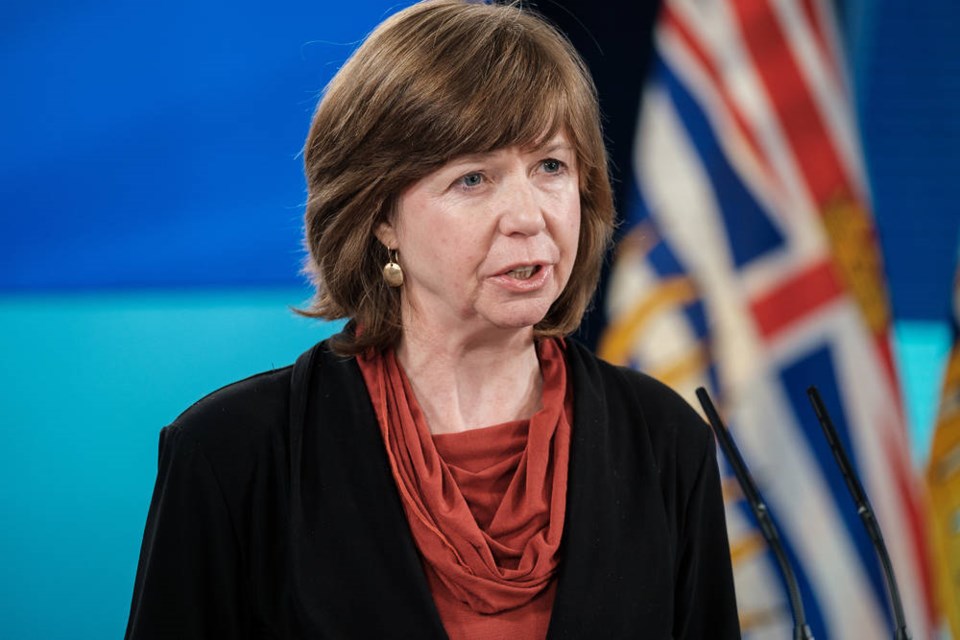Worried about new university and college students experimenting with deadly opioids, the province is extending its toxic-drug awareness campaign into the fall, as deadly overdoses spike.
“Drug toxicity is getting worse — we know that more needs to be done,” Mental Health and Addictions Minister Sheila Malcolmson said in a phone interview. “We are trying to tackle the crisis, but clearly it’s not enough because we’re still losing lives.”
The campaign was born from concerns about inexperienced users who are away from home for the first time and think only intravenous drug users are overdosing.
“This could be anywhere — this is not just about the Downtown Eastside [of Vancouver],” said Malcolmson. “We know from the coroners’ reports how many people die alone in their own homes.”
From January to June, 1,011 people died from suspected illicit overdoses — the highest death toll recorded in the first six months of a calendar year since the province declared the overdose crisis a public-health emergency in 2016.
Last month, chief coroner Lisa Lapointe said drug toxicity is now the leading cause of death in B.C. for people ages 19 to 39. From 2017 until June of this year, about 1,200 people under age 29 were poisoned by illicit drugs, according to the B.C. Coroners Service.
After another tough pandemic summer, university and college students are excited to socialize again, but with more than five people dying each day in B.C. from poisoned drugs, it’s crucial that those who use drugs understand there’s a toxic supply and there are ways to reduce their risk, Malcolmson said.
“We really want people to focus on the fact that it could happen to them,” she said. “You could be a very occasional drug user and you could be harmed by the dangerousness of the drugs that are out there.”
The Toxic Drugs are Circulating campaign, extended into September, uses print ads, social media and bus-shelter posters to spread the word about the free Here2Talk 24-hour helpline, harm-reduction resources, overdose-prevention and how to get and use overdose-reversing naloxone — 535,078 take-home kits were shipped to B.C. sites over the past two years.
The ads also explain how to use the Lifeguard App, which allows those ingesting or injecting drugs alone to start a timer that, if not turned off afterwards, will automatically alert emergency contacts of a possible overdose. Launched in May 2020, the app has resulted in 90 ambulance calls and reversed 23 overdoses, according to the Ministry of Mental Health and Addictions, which said it’s been used 58,000 times by nearly 6,000 people.
The awareness campaign and apps have been criticized as insufficient in the face of rising deaths, and far short of the additional treatment beds and expanded safer drug supply that are needed. Safer drugs are pharmaceuticals prescribed as an alternative to illicit drugs.
Malcolmson said the ministry is working on a variety of approaches.
“We are prescribing safer supply, we are giving nurses the ability to prescribe medication and treatment for opioid-use disorder — 30 of them in the field already and work is underway to train up to 450 of them — we’re innovating on prescribing fentanyl patches, that’s not happening anywhere else in Canada, there’s no other province that’s pursuing decriminalization,” she said.
ceharnett@timescolonist.com



